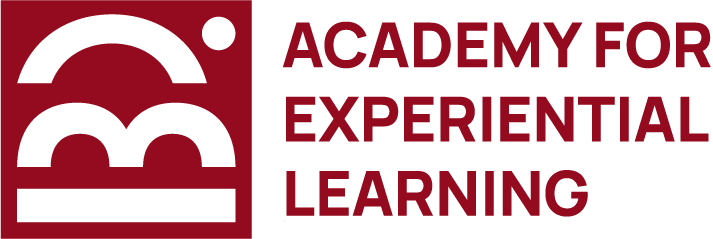Introduction:
Welcome to the Academy for Experiential Learning, where we believe that the key to unlocking high performance lies in understanding and optimizing team dynamics. In this blog, we’ll explore the powerful strategies and experiential learning techniques that can help you build thriving teams. From fostering open communication to cultivating trust and collaboration, let’s dive into the world of team dynamics and discover how to unleash your team’s full potential.
Understanding Team Dynamics
Before we discuss strategies for building high-performing teams, let’s first understand team dynamics. Team dynamics refer to the complex interactions, relationships, and processes within a team. This includes communication styles, decision-making processes, conflict-resolution methods, and team culture. You can create a more cohesive and effective team by understanding and leveraging these dynamics.
Strategy #1:
Foster Open Communication Communication is the lifeblood of any team. Encourage open and transparent communication by creating a safe space for team members to express their ideas, concerns, and feedback. Utilize team-building activities such as roundtable discussions, brainstorming sessions, and group exercises to facilitate communication and build trust among team members.
Strategy #2
Build Trust and Collaboration Trust is the foundation of effective teamwork. Foster trust among team members by promoting transparency, accountability, and mutual respect. Encourage collaboration by assigning tasks and projects that require teamwork and cooperation. Experiential learning activities such as team challenges, problem-solving tasks, and outdoor adventures can help strengthen bonds and build trust among team members.
Strategy #3
Clarify Roles and Responsibilities Clear roles and responsibilities are essential for maximizing team effectiveness. Ensure that each team member understands their role within the team and how their contributions align with overall team goals. Use experiential learning techniques such as role-playing exercises, team simulations, and project-based learning to clarify roles, identify strengths, and optimize team performance.
Strategy #4
Embrace Diversity and Inclusion Diverse teams bring a wealth of perspectives, ideas, and experiences to the table. Embrace diversity and inclusion within your team by celebrating differences and fostering a culture of respect and acceptance. Encourage team members to share their unique viewpoints and leverage their diverse backgrounds to drive innovation and creativity.
Strategy #5
Encourage Continuous Learning and Growth High-performing teams are always evolving and adapting to new challenges and opportunities. Encourage a culture of continuous learning and growth by providing opportunities for professional development, skills training, and experiential learning. Encourage team members to step outside their comfort zones, take on new challenges, and embrace lifelong learning as a key driver of team success.
Conclusion
Building high-performing teams is a journey, not a destination. By understanding and optimizing team dynamics, fostering open communication, building trust and collaboration, clarifying roles and responsibilities, embracing diversity and inclusion, and encouraging continuous learning and growth, you can create teams that thrive in any environment. Let’s unlock the full potential of your team together and embark on a journey of success and fulfillment.


